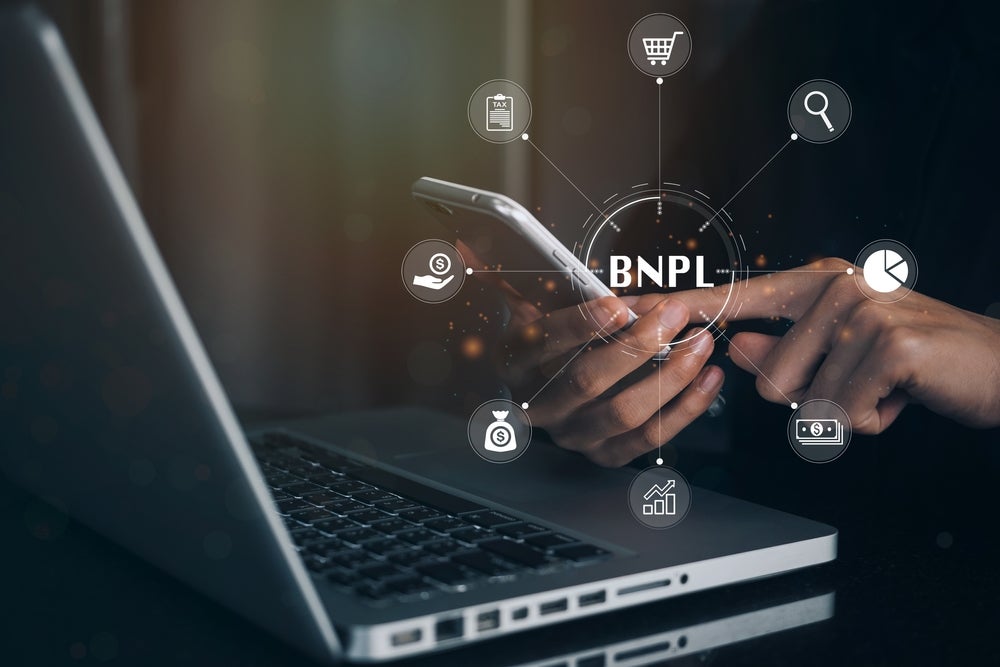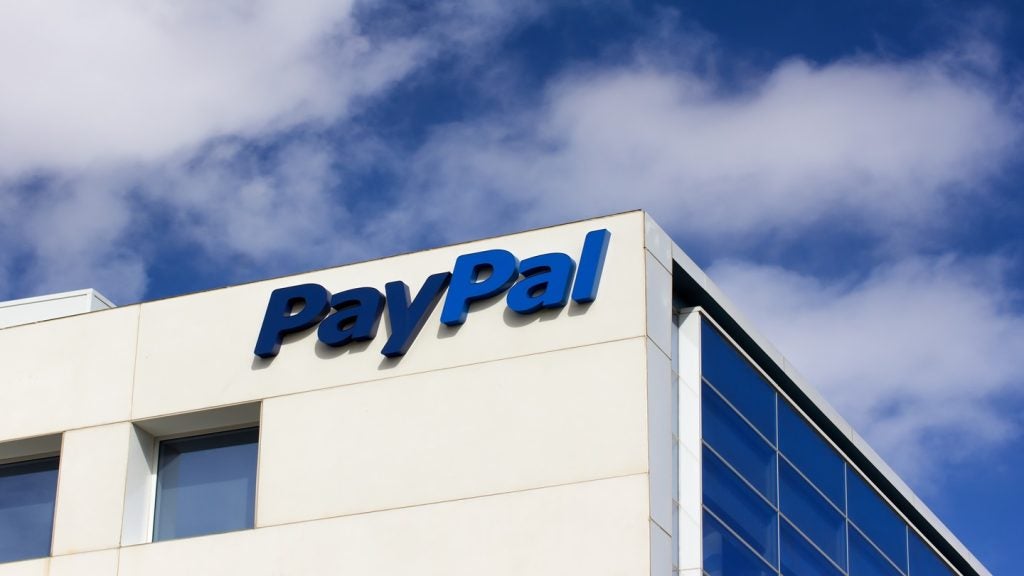In the 2021 report of businesses and their attitudes to embedded finance outlined the high level of interest businesses had in embedded finance. 73% of businesses were planning some form of adoption within the next two years, with various sectors, including B2B and consumer marketplaces, electrified by its potential to revolutionise their offering.
However, several years later and our most recent report suggests that only 5% of marketplaces have implemented embedded finance. There is clearly still a massive appetite from marketplaces, with 95% of them planning implementation within the next three years.
So, the question naturally presents itself: what’s the hold-up?
Understanding needs: It’s not all about BNPL
The first step in answering that question is asking why marketplaces want to implement embedded finance. Buy Now Pay Later (BNPL) is often assumed to be one of the key use cases for marketplaces, with BNPL providers garnering big headlines and big valuations in recent years. Neobanks like Monzo have even launched their own BNPL offerings for online purchases.
Yet research suggests that BNPL isn’t the main feature marketplaces are looking for. They see it as a useful feature as consumer spending trends continue to shift, but this type of payment optionality was at the bottom of their list of priorities. With the potential of increased regulation and market overcrowding, and firms such as NatWest positioning themselves away from BNPL, marketplaces’ lack of urgency to offer it can certainly be justified.
Instead, when rating the most appealing benefits of embedded finance, both the consumer and B2B marketplace sectors saw increasing the number of customer touch points as most valuable, with 95% and 88% net approval respectively. It’s clear marketplaces are looking to create a better overall customer experience and create more reasons for their customers to use their service, as opposed to simply offering an additional way to pay.
How well do you really know your competitors?
Access the most comprehensive Company Profiles on the market, powered by GlobalData. Save hours of research. Gain competitive edge.

Thank you!
Your download email will arrive shortly
Not ready to buy yet? Download a free sample
We are confident about the unique quality of our Company Profiles. However, we want you to make the most beneficial decision for your business, so we offer a free sample that you can download by submitting the below form
By GlobalDataCustomers over revenue
Even more surprising is that marketplaces don’t appear to be as interested as other sectors in the potential revenue gains of embedded finance. Both consumer and B2B marketplace businesses predict a relatively modest financial uplift as a result of adopting these services – only 15% in the next five years – compared to 24% for SaaS providers, or 26% for gig economy organisations.
It is customer retention that is seen to be more valuable by many businesses. Again, this is reflected in their survey answers, with both consumer and B2B businesses seeing ‘retaining the front-end customer experience’ as the second most valuable aspect of embedded finance, with 86% net approval among consumer marketplaces, and 85% among B2B marketplaces.
Brand reputation was also rated as far more important than demonstrating a return on investment. One way, for example, for competing marketplaces to stand out in a crowded market, is to pay out faster than the competition. A food delivery app can endear themselves to the restaurants on their platform by processing merchant payouts daily, rather than the standard weekly. This can only be achieved by having good payment reconciliation in place, which requires API integration so payments can be automated.
Examples such as these are where marketplaces can make the biggest gains through embedded finance.
It’s time to readjust assumptions
We’ve established how marketplaces want to use embedded finance, and the misconceptions that may have been held by providers, but that still doesn’t explain why adoption has stuttered.
Budget is an issue for some, but by no means all. Only 42% of consumer and 41% of B2B marketplaces indicate that limited budgets are a key challenge in their implementation journey.
It is instead the lack of an internal support team that is stifling the progress of embedded finance within marketplaces. 69% of consumer marketplaces and 84% of consumer marketplaces listed limited internal resources and the lack of an internal project team as the main barrier to adoption. Many also report finding the right provider tricky, with 69% of consumer marketplaces and 59% of B2B marketplaces indicating that this slows adoption.
The solution? Embedded finance providers need to step up
Integration needs to be as simple as possible, with full support on hand to ensure marketplaces can actually utilise the technological advantages on offer. Both consumer and B2B marketplaces are clear here, they find easy integration and support far more compelling than any promises about return on investment. Providers also need to be understanding of what marketplaces actually want, and not assume certain features are what they’re looking to implement first.
A responsive and supportive approach from embedded finance providers will see adoption amongst marketplaces finally reach the levels it should and improve marketplace payments for both consumers and businesses.
Barry O’Sullivan is Head of Banking and Payments Infrastructure, OpenPayd









Related Company Profiles
NatWest Group Plc